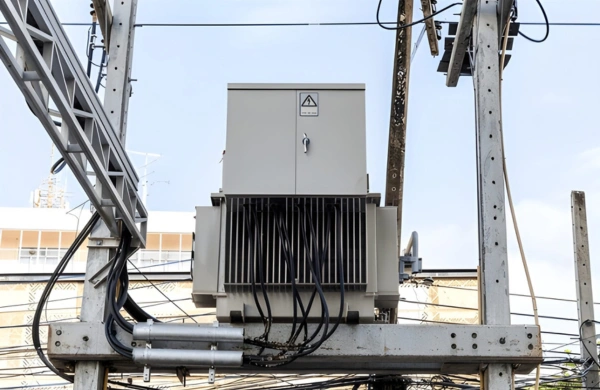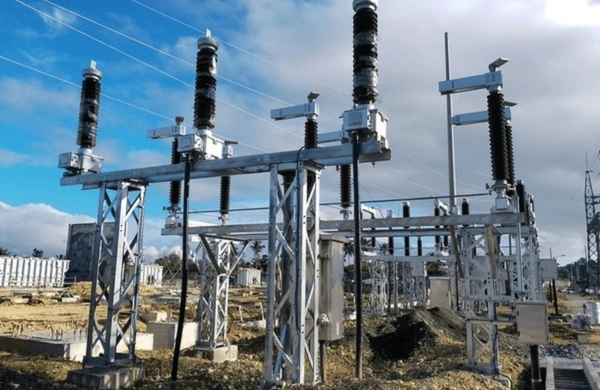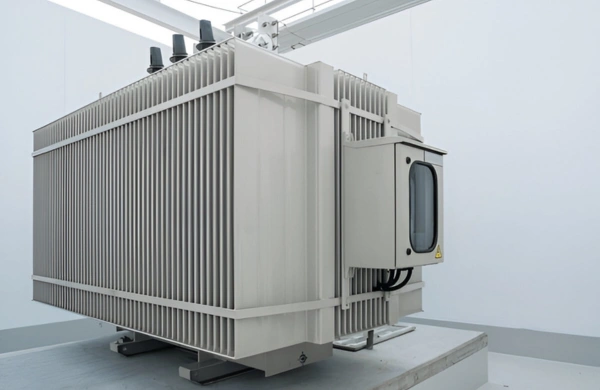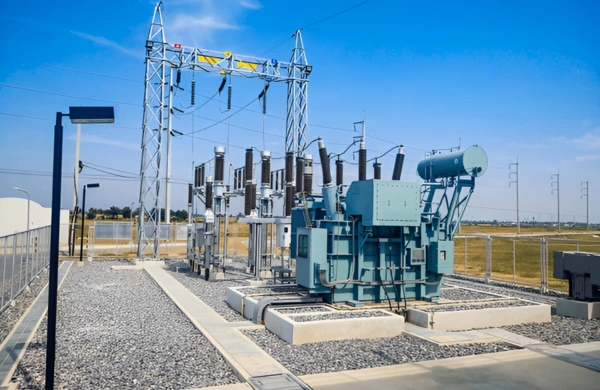Across the world’s power infrastructure—from utility substations to manufacturing facilities—the oil immersed transformer remains a trusted workhorse. Known for its superior cooling, high insulation strength, and durability, it continues to power grids and industries that demand uninterrupted, heavy-duty performance.
Even as dry-type and cast-resin technologies grow in popularity, oil immersed transformers still dominate the power sector. Their proven design and efficiency make them indispensable for high-capacity, mission-critical applications where reliability cannot be compromised.
Know About Oil Immersed Transformers: Proven Reliability
for Long-Term Power Systems
Understanding Oil Immersed Transformers
An oil immersed transformer (or oil-filled transformer) uses insulating mineral oil to perform two essential functions:
- Cooling — Dissipates the heat generated in the core and windings during operation.
- Insulation — Provides dielectric strength between conducting components and helps suppress arcing.
The oil circulates naturally or through pumps and fans, maintaining uniform temperature and ensuring long-term thermal stability.
This simple yet effective cooling mechanism has made oil immersed transformers the preferred choice for decades in power generation, transmission, and industrial networks.
Construction and Working Principle
An oil immersed transformer consists of a core, windings, tank, radiators, and insulating oil.
- Core: Built from CRGO steel to minimize hysteresis and eddy current losses.
- Windings: Made of electrolytic copper with layered insulation for high dielectric strength.
- Tank: Sealed steel enclosure filled with mineral or ester oil for thermal and electrical insulation.
- Radiators: Finned structures that increase surface area to improve cooling efficiency.
As current passes through the windings, the core heats up. The oil absorbs this heat and circulates to the radiators, where it cools before returning — a continuous, self-regulating process.
Cooling Methods and Configurations
Oil immersed transformers are categorized by their cooling system design:
| Cooling Type | Description | Application |
| ONAN (Oil Natural Air Natural) | Natural convection of oil and air | Up to 10 MVA transformers |
| ONAF (Oil Natural Air Forced) | Fans assist air flow | Medium power transformers |
| OFAF (Oil Forced Air Forced) | Pumps and fans circulate oil and air | High-capacity substations |
| OFWF (Oil Forced Water Forced) | Water-cooled oil circuit | Very large units or restricted ventilation zones |
Each method is chosen based on transformer size, load profile, and site conditions.
Key Advantages of Oil Immersed Transformers
1. Superior Thermal Performance
Oil has a higher heat capacity and thermal conductivity compared to air or resin, allowing for efficient cooling even under heavy loads.
2. Long Service Life
With proper maintenance and oil monitoring, these transformers often operate reliably for 30 years or more.
3. High Insulation Strength
Oil provides strong dielectric insulation, preventing flashovers and maintaining stable voltage levels under varying operating conditions.
4. Cost-Effectiveness
Oil immersed designs offer lower upfront and lifecycle costs compared to equivalent dry-type units.
5. Flexibility in Power Ratings
They are suitable for small distribution units (100 kVA) up to high-voltage grid transformers exceeding 250 MVA.
Applications Across the Power Landscape
Oil immersed transformers are used across a wide range of sectors, including:
1. Power Generation
Used in generation plants to step up voltage for efficient transmission.
2. Transmission and Substations
Enable voltage regulation and loss minimization across large power networks.
3. Industrial Facilities
Provide stable voltage to drive heavy machinery, motors, and process systems.
4. Renewable Energy Systems
Connect wind or solar farms to main grids, ensuring smooth energy transfer.
5. Utilities and Distribution
Used by utilities for both primary and secondary voltage distribution in urban and rural networks.
Safety and Maintenance Practices
Proper oil management ensures reliability and safety throughout a transformer’s lifecycle.
Oil Quality Monitoring
Periodic Dissolved Gas Analysis (DGA) detects early signs of insulation degradation or overheating.
Filtration and Regeneration
Oil filtration removes moisture and impurities, preserving dielectric properties.
Sealing and Ventilation
Hermetically sealed designs prevent oxygen ingress, while conservator-type systems use a nitrogen cushion or breather to control moisture.
Modern Fluids
Eco-friendly alternatives like natural ester oils offer higher fire resistance and biodegradability — aligning with environmental compliance goals.
Design and Testing Standards
Each transformer undergoes extensive testing to ensure safety and performance under all operating conditions.
Common Standards:
- IEC 60076 – Power Transformers
- IS 2026 – Indian Standard for Power Transformers
- IEEE C57.12 – U.S. Standard for Oil-Filled Units
Type and Routine Tests Include:
- Ratio, polarity, and phase displacement checks
- Impulse and dielectric strength tests
- Temperature rise and short-circuit endurance tests
- Partial discharge and sound level analysis
Zetwerk’s Engineering Excellence in Oil Immersed Transformers
Zetwerk designs and manufactures oil immersed transformers with an emphasis on performance, durability, and precision.
Core and Coil Manufacturing
- Laser-cut CRGO transformer laminations for minimal losses
- Computer-aided coil winding for dimensional accuracy
- Interleaved winding construction for better short-circuit strength
Oil Processing and Tank Fabrication
- Automated oil filtration and degassing units ensure purity
- Welded, pressure-tested tanks built for long-term sealing integrity
- Efficient radiator design validated by CFD thermal simulations
Quality Assurance
Each transformer undergoes routine, type, and special testing under ISO-certified quality systems. Complete documentation—from material traceability to test certificates—accompanies every shipment.
Advantages for EPCs and Power Utilities
- High efficiency ensures minimal transmission loss.
- Long operational life reduces total cost of ownership.
- Adaptable design fits substation or industrial installations.
- Global standards compliance eases project approvals.
- Ease of service and oil regeneration ensure continuous uptime.
For EPCs and developers, the combination of reliability, scalability, and compliance makes oil immersed transformers the most dependable option for long-term infrastructure planning.
Conclusion
Reliability and endurance define the success of modern power systems—and oil immersed transformers continue to deliver both. With decades of proven performance, efficient cooling, and robust design, they remain the foundation of grid and industrial stability.
Zetwerk manufactures precision-engineered oil immersed transformers designed for long service life, tested safety, and global compliance. Each Zetwerk transformer reflects engineering discipline and quality assurance—ensuring dependable power for decades.For projects demanding trusted performance and lifecycle reliability, partner with Zetwerk—where precision design and proven technology power the future of energy.




FAQs
a. They offer superior cooling capacity, insulation strength, and cost efficiency for large power applications.
a. Typically every 5–10 years, depending on oil analysis results and DGA reports.
a. Yes, when properly maintained. Modern ester fluids further enhance fire safety and biodegradability.
a. Exposure to oxygen, heat, and moisture over time can oxidize and degrade oil quality.
a. Yes, every unit is designed to meet specific voltage, load, and environmental requirements.








